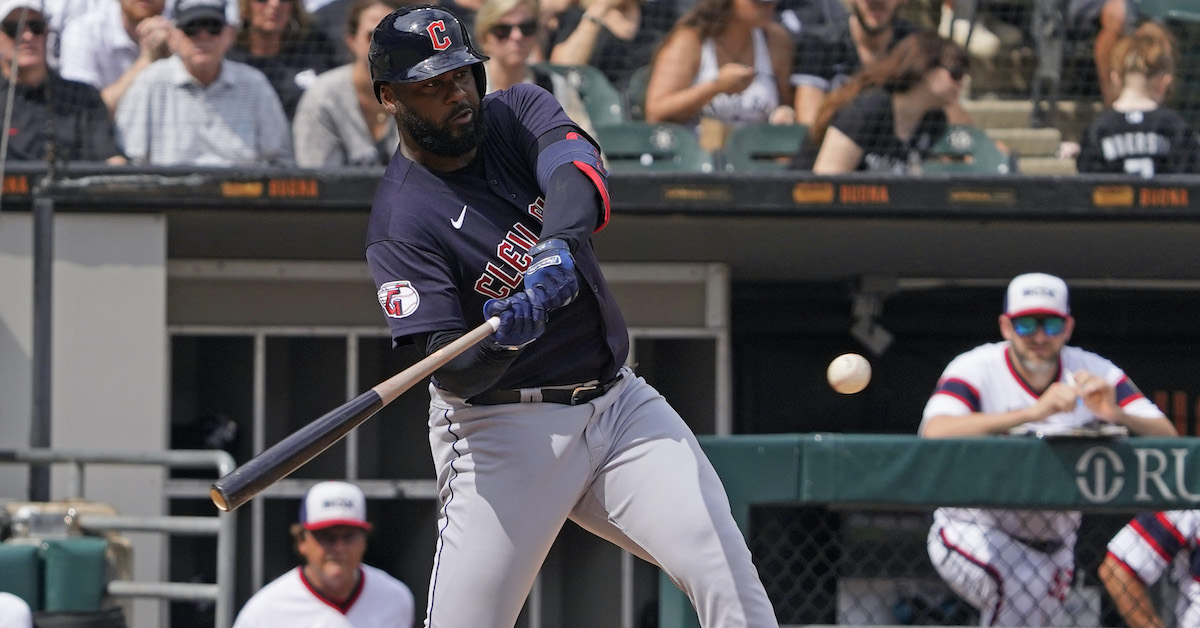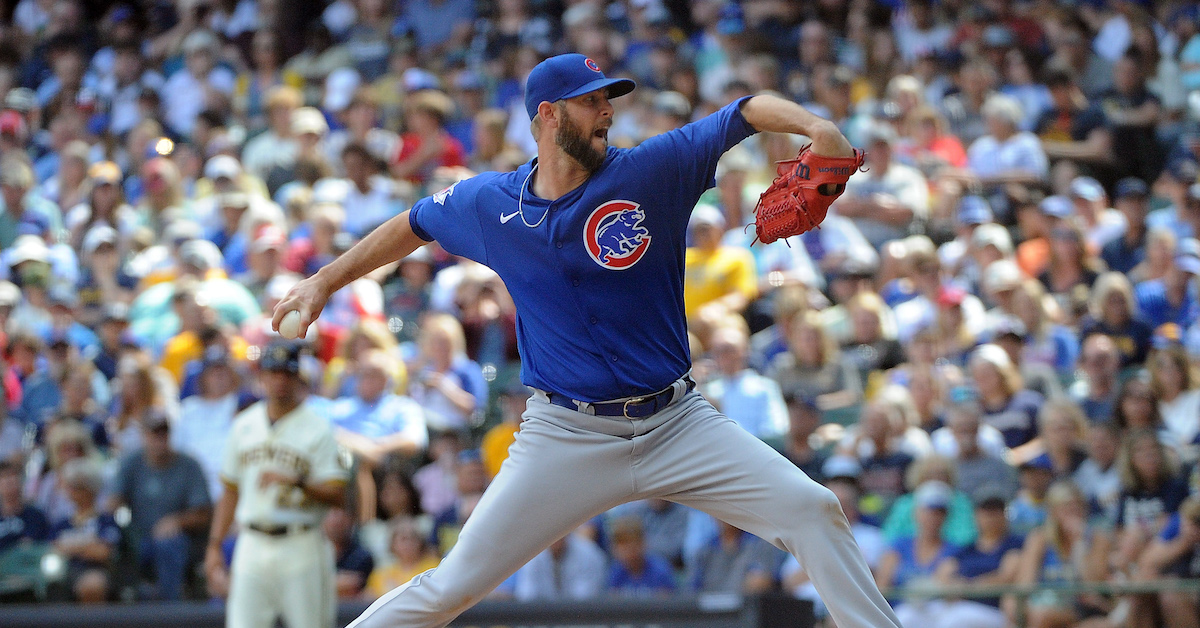Job Posting: Chicago Cubs – Analyst Baseball Sciences, Data Quality Engineer Baseball Systems
Analyst, Baseball Sciences
Department: Research & Development, Baseball Operations
Reports To: Director, Baseball Sciences
Role:
The Chicago Cubs are seeking an analyst to join the Baseball Sciences group in the Baseball Operations’ Research and Development department. This role will focus on improving our understanding of player performance through the analysis of various data sources and technologies, including motion capture, force plates, wearable sensors, and S&C assessments. The analyst will be responsible for performing quantitative research on existing data while also helping the organization identify novel technologies or initiatives that could lead to further insight. The ideal candidate will possess strong quantitative skills, the ability to think critically and creativity, domain-specific knowledge/experience, and the ability to communicate effectively to non-technical stakeholders.
Responsibilities:
- Perform quantitative research to better understand and quantify player performance
- Identify and evaluate new technologies and assessments
- Work with the Baseball Analytics group to integrate Baseball Science research into player valuation models
- Communicate research insights to various departments and stakeholders—including coaches, scouts, trainers, and S&C staff
- Collaborate with Player Development to design/oversee initiatives that can help answer research hypotheses
- Stay up to date with academic literature and public research
Desired Qualifications:
- Bachelor’s or advanced degree in either a quantitative field (statistics, engineering, physics, computer science, etc.) or a domain-specific field (biomechanics, exercise science, neuroscience, etc.)
- Proficiency with SQL and at least one statistical programming language (Julia, MATLAB, Python, R)
- Familiarity with advanced statistical modeling and machine learning techniques
- Experience analyzing motion capture data or other relevant time-series data sources
- Excellent written and verbal communication skills
- Experience working in baseball preferred
To Apply:
To apply, please follow this link.
Data Quality Engineer, Baseball Systems
Department: Baseball Systems
Reports To: Director, Baseball Systems
Role:
The Chicago Cubs Baseball Systems Department is seeking to fill a Baseball Systems Data Quality Engineer position. This role will focus on the import and maintenance of the Chicago Cubs baseball information system data warehouse, including building automated ETL processes which feed it; maintaining back-end databases; automating data quality checks; and troubleshooting data source issues. This role will collaborate with software engineers and data analysts in their use of the Cubs’ data warehouse.
Responsibilities:
- Develop and maintain ETL processes for loading and processing new data sources
- Create automated processes to identify data integrity problems
- Diagnose and resolve data source issues
Required Qualifications:
- Bachelor’s degree in Computer Science, Engineering or Related Subjects
- Expertise with modern database technologies and SQL
- Expertise in Python, Java, C# or a similar language
- Excellent written and verbal communication skills
- High level of attention to detail
Desired Qualifications:
- Experience building and supporting ETL processes
- Experience with Airflow or related scheduling tools
- Experience working in a Linux environment
- Experience working with cloud-based computing
- Working knowledge of advanced baseball statistics and sabermetric concepts
- Knowledge of statistical concepts
To Apply:
To apply, please follow this link.
The content in this posting was created and provided solely by the Chicago Cubs.







